Most unusual and picturesque islands in the world
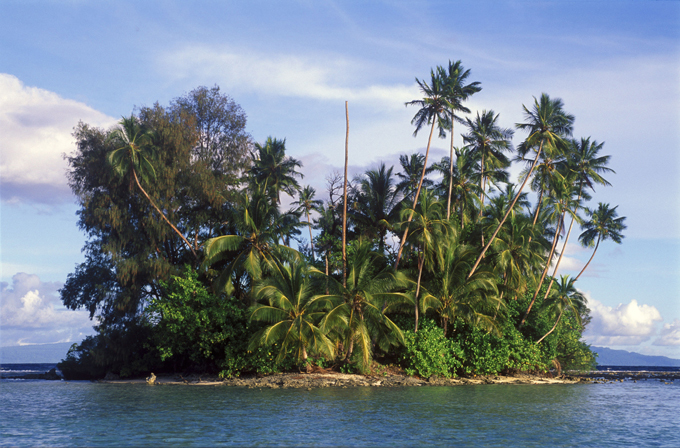
Skull Island is one of 992 islands of the sovereign state of Solomon Islands in the south-west of the Pacific Ocean.The island is ocated in Vonavona Lagoon and was named so because of a shrine, in which the skulls of tribal chiefs and outstanding warriors are kept
Skull Island is one of 992 islands of the sovereign state of Solomon Islands in the south-west of the Pacific Ocean.The island is ocated in Vonavona Lagoon and was named so because of a shrine, in which the skulls of tribal chiefs and outstanding warriors are kept
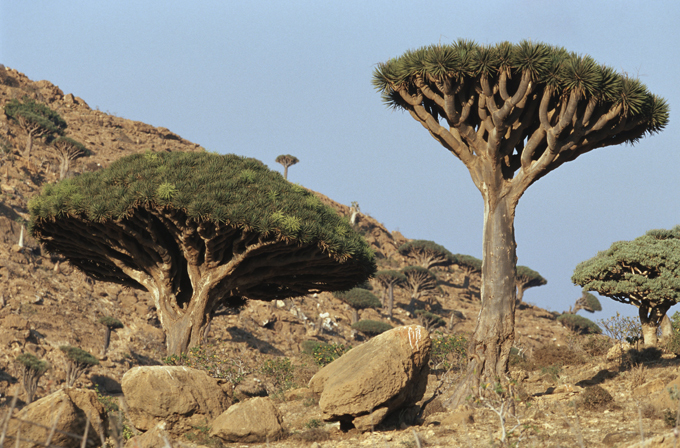
Socotra is an island and a small archipelago of four islands in the Indian Ocean. Socotra is part of Yemen. It had long been a part of the Aden Governorate. In 2004 it became attached to the Hadhramaut Governorate, which is much closer to the island than Aden (although the nearest governorate was the Al Mahrah Governorate). The island of Socotra is about 95% of the landmass of the archipelago. It lies some 240 kilometres (150 mi) east of the Horn of Africa and 380 kilometres (240 mi) south of the Arabian Peninsula
Socotra is an island and a small archipelago of four islands in the Indian Ocean. Socotra is part of Yemen. It had long been a part of the Aden Governorate. In 2004 it became attached to the Hadhramaut Governorate, which is much closer to the island than Aden (although the nearest governorate was the Al Mahrah Governorate). The island of Socotra is about 95% of the landmass of the archipelago. It lies some 240 kilometres (150 mi) east of the Horn of Africa and 380 kilometres (240 mi) south of the Arabian Peninsula
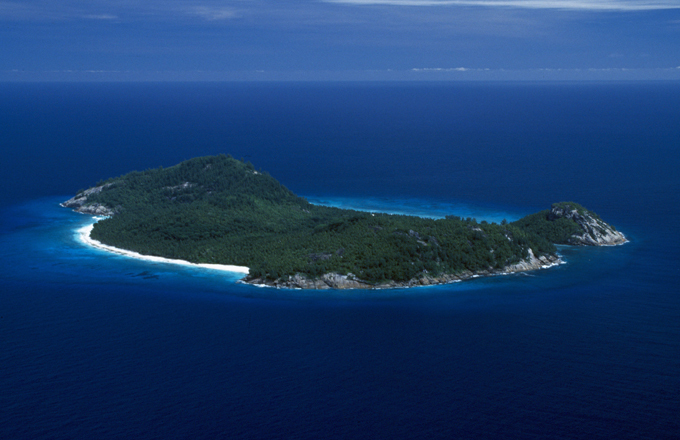
Aldabra is the world's second-largest coral atoll. It is situated in the Aldabra Group of islands in the Indian Ocean that are part of the Outer Islands of the Seychelles. Uninhabited and extremely isolated, Aldabra is virtually untouched by humans. It has distinctive island fauna including the Aldabra giant tortoise. It consists of four islands around a large shallow lagoon,encircled by fringing coral reef
Aldabra is the world's second-largest coral atoll. It is situated in the Aldabra Group of islands in the Indian Ocean that are part of the Outer Islands of the Seychelles. Uninhabited and extremely isolated, Aldabra is virtually untouched by humans. It has distinctive island fauna including the Aldabra giant tortoise. It consists of four islands around a large shallow lagoon,encircled by fringing coral reef
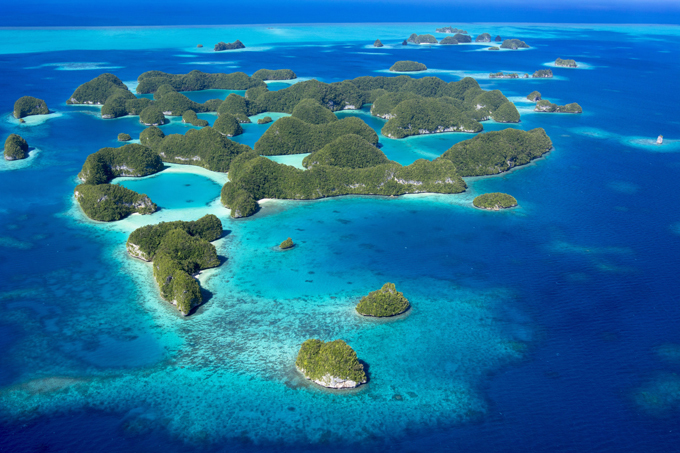
Palau is an island country located in the western Pacific Ocean. The country's population of around 21,000 is spread across 250 islands, which form the western chain of the Caroline Islands in Micronesia. The most populous of these is Koror. The capital Ngerulmud is located on the nearby island of Babeldaob, in Melekeok State. Palau shares maritime boundaries with Indonesia, the Philippines, and the Federated States of Micronesia.
Palau is an island country located in the western Pacific Ocean. The country's population of around 21,000 is spread across 250 islands, which form the western chain of the Caroline Islands in Micronesia. The most populous of these is Koror. The capital Ngerulmud is located on the nearby island of Babeldaob, in Melekeok State. Palau shares maritime boundaries with Indonesia, the Philippines, and the Federated States of Micronesia.
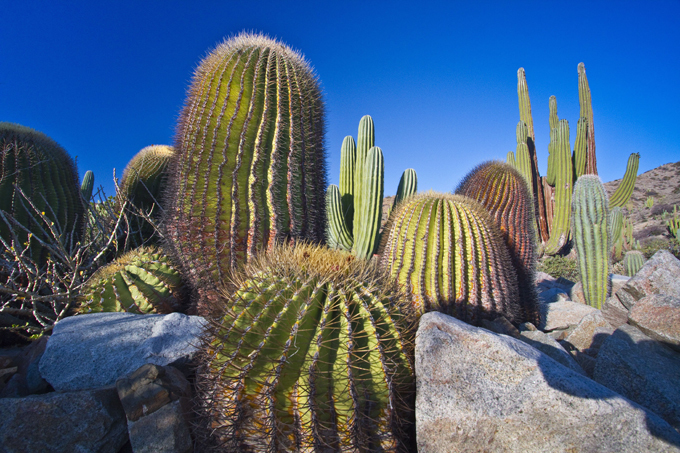
Isla de las Munecas - The Island of the Dolls is located south of the Mexico City. It is dedicated to the lost soul of a poor girl who met her fate too soon in strange circumstances.
Isla de las Munecas - The Island of the Dolls is located south of the Mexico City. It is dedicated to the lost soul of a poor girl who met her fate too soon in strange circumstances.

The Mamanuca Islands of Fiji are a volcanic archipelago lying to the west of Nadi and to the south of the Yasawa Islands. The group, a popular tourist destination, consists of about 20 islands, but about seven of these are covered by the Pacific Ocean at high tide.
The Mamanuca Islands of Fiji are a volcanic archipelago lying to the west of Nadi and to the south of the Yasawa Islands. The group, a popular tourist destination, consists of about 20 islands, but about seven of these are covered by the Pacific Ocean at high tide.
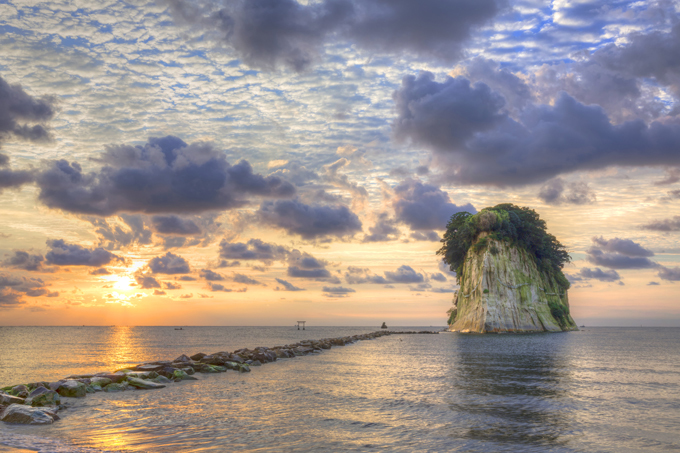
Mitsukejima is an uninhabited island in Suzu, Ishikawa, Japan. Because of its shape, it is also known as Gunkanjima (meaning "Battleship Island"), which is also the common name given to Hashima Island in the Nagasaki Prefecture. According to folklore, the island was given the name "Mitsukejima" by the monk, scholar, and artist, Kūkai, who was the first to discover the island while travelling from Sado Island, Niigata. Mitsukejima is approximately 150 metres long, 50 metres wide, and 30 metres above sea level.
Mitsukejima is an uninhabited island in Suzu, Ishikawa, Japan. Because of its shape, it is also known as Gunkanjima (meaning "Battleship Island"), which is also the common name given to Hashima Island in the Nagasaki Prefecture. According to folklore, the island was given the name "Mitsukejima" by the monk, scholar, and artist, Kūkai, who was the first to discover the island while travelling from Sado Island, Niigata. Mitsukejima is approximately 150 metres long, 50 metres wide, and 30 metres above sea level.

Titicaca (in the hispanicized spelling) or Titiqaqa (Quechua) is a large, deep lake in the Andes on the border of Peru and Bolivia. By volume of water, it is the largest lake in South America. Lake Maracaibo has a larger surface area, though some consider it to be a large brackish bay due to its direct connection with the sea. Floating artificial islands are generally made of bundled reeds, and the best known examples are those of the Uros people of Lake Titicaca, Peru, who build their villages upon what are in effect huge rafts of bundled totora reeds.
Titicaca (in the hispanicized spelling) or Titiqaqa (Quechua) is a large, deep lake in the Andes on the border of Peru and Bolivia. By volume of water, it is the largest lake in South America. Lake Maracaibo has a larger surface area, though some consider it to be a large brackish bay due to its direct connection with the sea. Floating artificial islands are generally made of bundled reeds, and the best known examples are those of the Uros people of Lake Titicaca, Peru, who build their villages upon what are in effect huge rafts of bundled totora reeds.
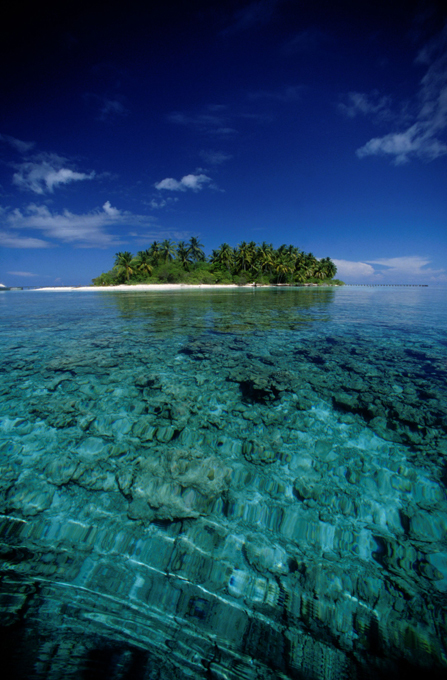
Encompassing a territory spread over roughly 90,000 square kilometres (35,000 sq mi), Maldives is one of the world's most geographically dispersed countries. It is the smallest Asian country in both land area and in population. The archipelago is located atop the Chagos-Maldives-Laccadive Ridge, a vast submarine mountain range in the Indian Ocean, which also forms a terrestrial ecoregion, together with the Chagos and the Lakshadweep. With an average ground-level elevation of 1.5 metres (4 ft 11 in) above sea level, it is the planet's lowest country. It is also the country with the lowest natural highest point in the world, at 2.4 metres (7 ft 10 in). The government has pledged to make Maldives a carbon-neutral country by 2019 amid concerns about rising sea-levels
Encompassing a territory spread over roughly 90,000 square kilometres (35,000 sq mi), Maldives is one of the world's most geographically dispersed countries. It is the smallest Asian country in both land area and in population. The archipelago is located atop the Chagos-Maldives-Laccadive Ridge, a vast submarine mountain range in the Indian Ocean, which also forms a terrestrial ecoregion, together with the Chagos and the Lakshadweep. With an average ground-level elevation of 1.5 metres (4 ft 11 in) above sea level, it is the planet's lowest country. It is also the country with the lowest natural highest point in the world, at 2.4 metres (7 ft 10 in). The government has pledged to make Maldives a carbon-neutral country by 2019 amid concerns about rising sea-levels
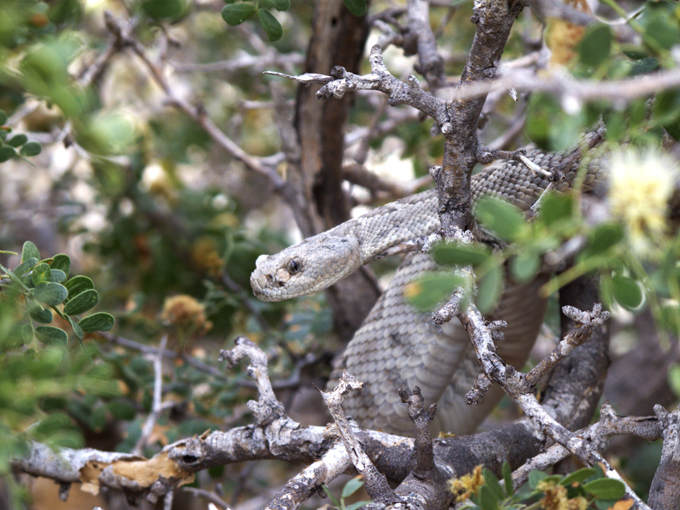
lha da Queimada Grande, also known as "Snake Island", is an island located off the coast of Brazil. The island is small in size, and has many different types of terrain, ranging from bare rock to rainforest. The island has a temperate climate. The snakes native to the island, the venomous Bothrops insularis, have a diet of birds and are critically endangered. Snake Island is closed to the public in order to protect the snake population living there
lha da Queimada Grande, also known as "Snake Island", is an island located off the coast of Brazil. The island is small in size, and has many different types of terrain, ranging from bare rock to rainforest. The island has a temperate climate. The snakes native to the island, the venomous Bothrops insularis, have a diet of birds and are critically endangered. Snake Island is closed to the public in order to protect the snake population living there



